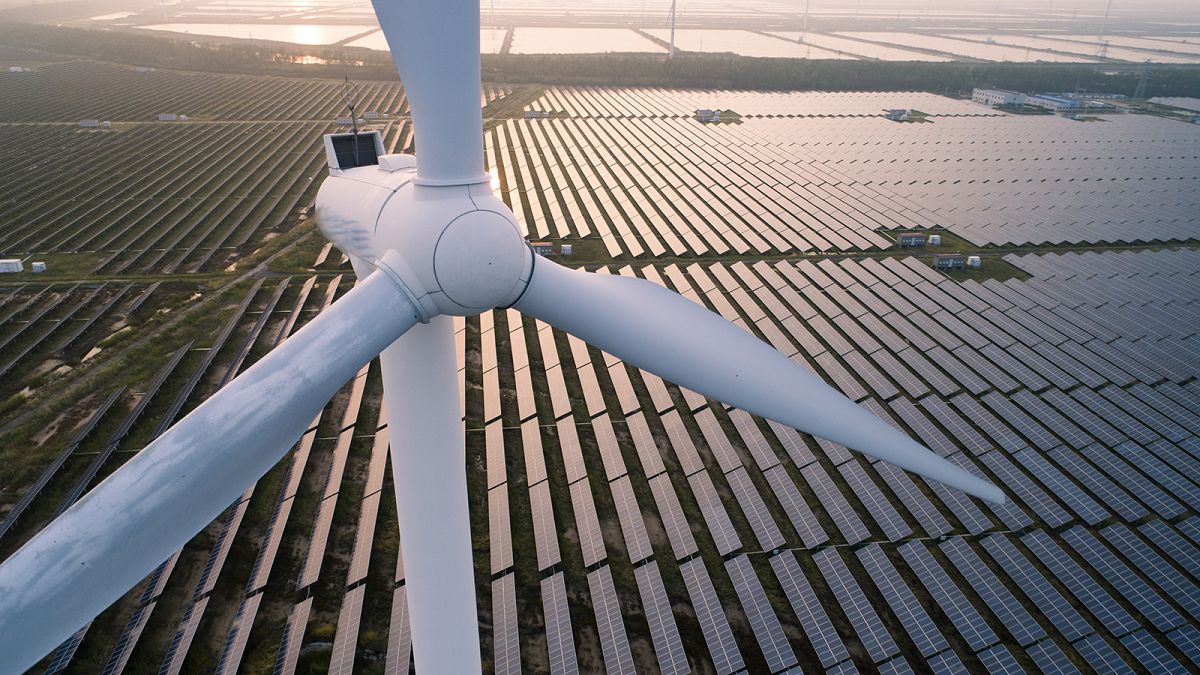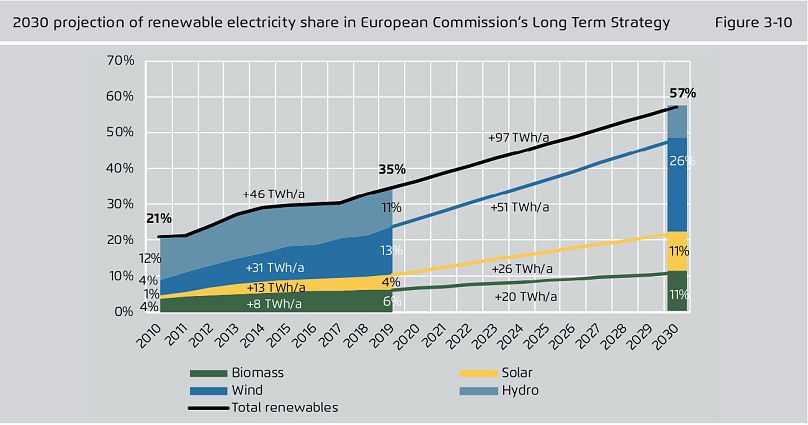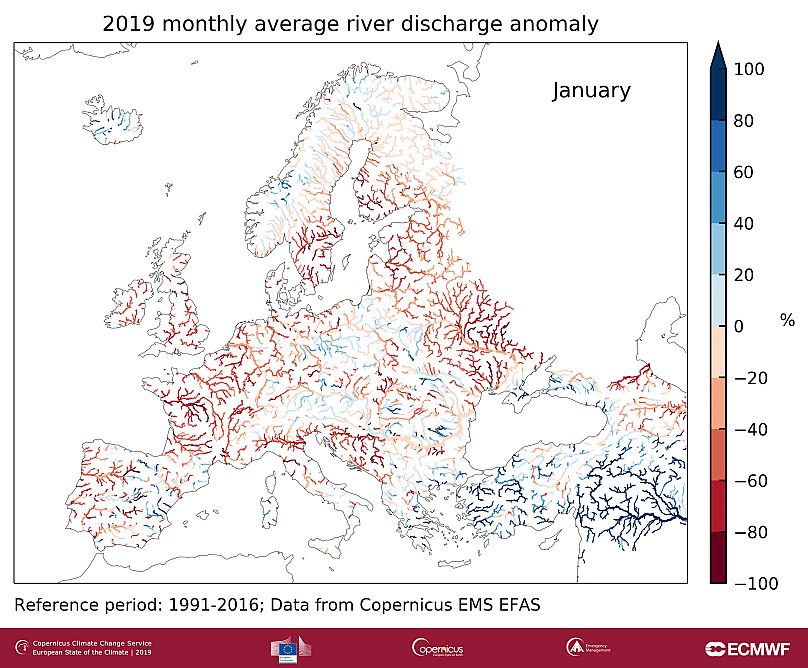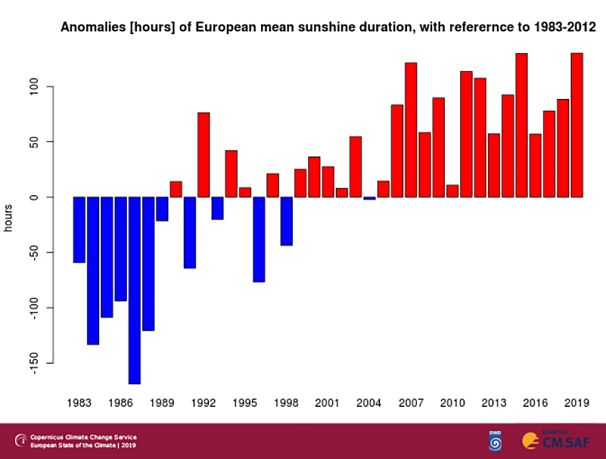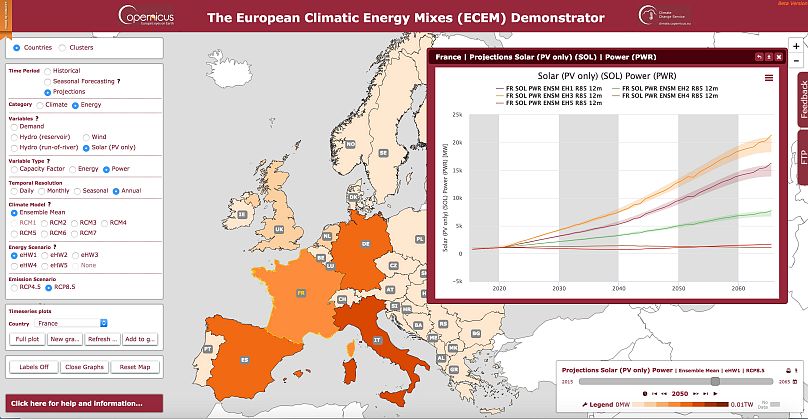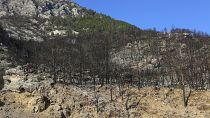The post-pandemic plans to restart and decarbonise economies will focus on renewables. Hence green industry players and grid operators are increasingly looking at climate data for energy production optimization.
2019 was particularly bright for Europeans; the continent hadn’t seen so many hours of sunshine since at least the early ’80s. It was also particularly bright for the solar energy industry, as solar generation capacity more than doubled compared to 2018, its biggest jump in a decade. Renewables continue to get stronger: in 2019, their share of EU electricity provision reached a record-high 34.6 percent. And although the COVID-19 pandemic has put the brakes on green energy’s new facilities’ developments, renewables are becoming Europe’s key for restarting its economy and delivering its recently revised ambitions to slash its emissions by 50-55 percent by 2030. So the industry is on a double mission: taking quickly the lion’s share of the energy system, while becoming more reliable and efficient, also in a changing climate, which in itself alters the risks.
“The green transition is one of the main pillars of the recovery package proposed by the [European] Commission at the end of May,” says EU Commissioner for Energy Kadri Simson. “The European Green Deal is our strategy for reaching climate neutrality by 2050 while making our economy more competitive, adds the Commissioner. The EU can significantly boost its share of renewables in its energy mix and make a profit, according to the International Renewables Energy Agency (IRENA). Falling technology costs have been pointing in that direction, and while 2020 record-breaking predictions for renewables have been toned down, the low-carbon energy industry is expected to bounce back, reinforced by the falling demand for oil and gas, predicted to continue post-pandemic.
But while renewables may prove resilient against economic shocks, they need to keep proving their resilience to changing climate patterns and some types of extreme weather becoming more frequent. Changes in temperatures, rainfall, radiation, sea level, air particles, and extremes such as heatwaves, floods, or droughts can affect renewable energy outputs and infrastructure, as well as shape demand for power.
Europe’s hydro energy continues to experience falling outputs, as less precipitation and warmer weather led to a 6% drop in total production last year, according to Agora Energiewende, as heatwaves associated with recurring lack of rain hitting France, Spain, Italy, and Portugal lowered water levels during spring and summer, echoing the river discharge analysis of the 2019 European State of the Climate report . Some scientists estimate that shifting rainfall and temperature patterns might boost Northern Europe’s hydropower potential and decrease outputs in the south.
Predictions on wind speeds remain uncertain, but small changes can greatly affect electricity outputs. In 2018, low summer winds reduced production by as much as 20 percent less than usual. Extreme weather events and sea-level rise can affect wind farm infrastructure both on and off-shore. Solar energy also faces uncertain climate variables, with some studies predicting higher solar radiation in Europe (up to 10%) leading to bigger outputs; however, a warmer future might counter that effect as photovoltaic (PV) panels lose efficiency as temperatures rise.
“Climate research tells us that weather extremes will become more frequent – but how much so? These are vital questions in providing reliable renewable energy sources,” says Colin McKinnon, CEO of the Institute of Environmental Analytics (IEA). “Climate data is essential for assessing our energy needs and production capabilities, especially in the renewables sector,” says Commissioner Simson.
As renewable energy producers must manage climate uncertainty throughout the lifespan of their projects, having climate data is becoming central to increasing the share of renewables in the energy mix. Grid operators also need to be able to foresee the weather extremes affecting transmission lines – e.g. floods, windstorms, heatwaves, snow – and to balance supply and demand according to climate conditions that influence energy production and consumption.
“Climate information is a critical input to be considered as part of the decision-making at different stages of projects,” according to the climate team at Spanish company Iberdrola, which has a wide portfolio of renewable projects across Europe. The company couples on-site measurements with short to long-term climate information at each project site. In the case of wind energy, for example, Iberdrola uses climate data and weather models to determine the best sites for installing turbines and for estimating their lifetime production capacity.
“Climate data is used in models to calculate the consumption and generation from solar, wind, hydro and thermal power plants, which are then used into power system models to study the adequacy of the energy mix,” says Dr. Gabriel Bareux, deputy director of information and communication systems at RTE, the French transmission-system operator. “For infrastructure, given that components are installed for up to 80 years, there is a strong need to evaluate the potential future risks for existing installations, while accurately evaluating future assets, which will be operated under a changed climate,” says Dr. Bareux.
“Imagine you want to build a new solar plant,” says Dr. Etienne Wey, director general at Transvalor, which provides, among others, solar radiation and meteorological data services. “The bank will finance you mostly based on estimations of how much energy you will produce in the next 20 years,” explains Dr. Wey. “Five years ago, the level of uncertainty for building a new solar plant was not that important, because the cost at which governments or grid operators were willing to buy a kilowatt hour were very high compared to now. Today, the market is very competitive, so any big uncertainties can make the difference between profit and loss,” says Dr. Wey.
“Using climate data in the energy industry has become more common in the last 5 years,” says Dr. Alberto Troccoli, founding director of the World Energy and Meteorology Council (WEMC). The WEMC is leading the Copernicus Climate Change Service (C3S) operational service for the energy sector, which provides usable, nearly real-time climate data for energy stakeholders.
Past climate observations are one of the most common sources of data used to model power systems; looking at past events such as cold or heatwaves and their impact on wind and solar energy, for example, can hint to what might happen in a similar future situation. “This approach is good for looking at the next few years, but with increasing evidence of climate change, using past data for future projections is clearly excluding important information,” says RTE’s Dr. Bareux. “For instance, the 2003 heatwave, which had never been seen in the past, may become the new norm by 2050. This is critical to take into account for simulations of the future energy system,” adds Dr. Bareux.
The C3S service provides historical records, seasonal forecasting and multi-year projections, as well as energy indicators. “We have models looking at how the climate will affect demand,” Dr. Troccoli says. “In Europe, temperature is increasing in most countries, which will drive the demand, although patterns of usage will vary,” Dr. Troccoli says. “The amount of climate variability is changing too, and climate models can provide information on the periods when one energy resources will have more variability over others.”
The service maps the variability of both climate and energy across the continent. Climate data will help energy sector players to anticipate climate-driven changes for the industry (e.g. cold waves, heatwaves, droughts), but also to analyse how temperature drives electricity demand across the continent, and how this links to the variability of renewable energy production.
Climate information can help governments and energy producers decide on the right mix of renewables in their power systems. As a preamble to their service, the C3S launched in 2017 the European Climatic Energy Mixes demonstrator project. “It helps assess how well different energy supply mixes in Europe will meet demand, focusing on the role climate has on the combination of energy sources,” says Mr. Mckinnon of IEA, who developed the project for C3S. Their more recent project with C3S focuses on developing climate-resilient standards for infrastructure; this will help engineers, architects and standards authorities ensure their projects – including, for instance, renewable energy projects – can tackle the challenges of climate variability and extreme weather hazards.
“As renewables increase their share and as electrification reaches other end uses (transport, heating, and cooling, etc), there are new applications for climate data to play an important role,” the Iberdrola team says. For example, data could contribute to analysing how to combine different electricity storage technologies during a heatwave to maximise production and meet increasing demand for energy.
Next challenge to meet the climate certainty requirements of renewable energy producers and grids? “Providing climate data on an hourly basis is critical for the energy system,” says Dr. Bareux at RTE, “ power system models use an hourly reference.” Since climate simulations are available on a daily or multiple-hour basis, Dr. Bareux explains, users interpret the climate data on their own, and they might not be equipped to; a standardised procedure that all users can use could be a solution.
